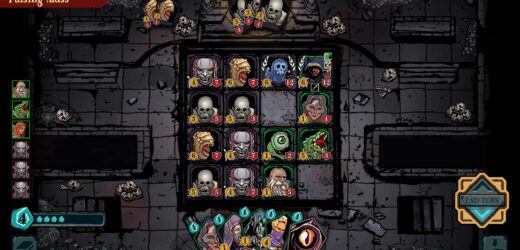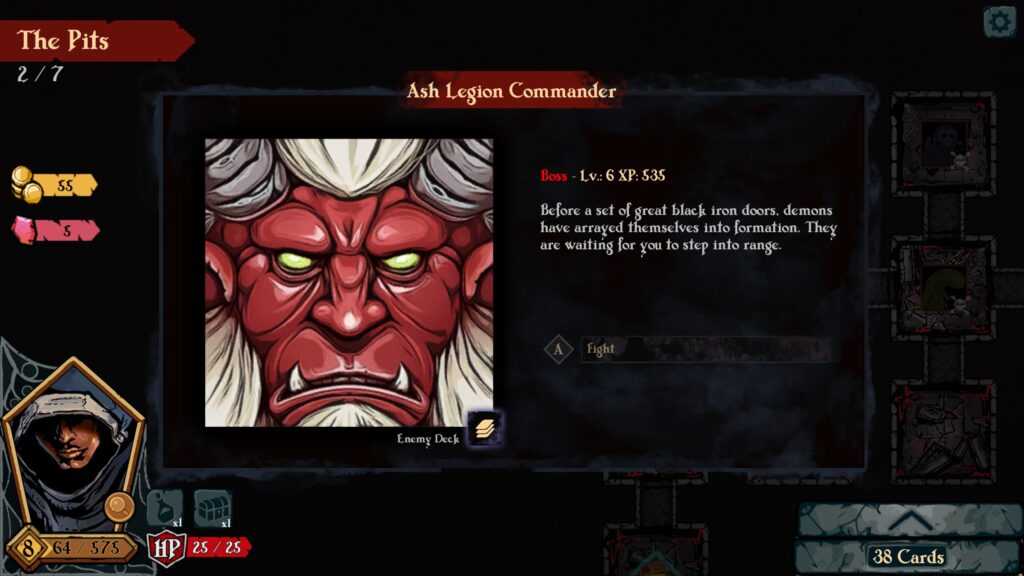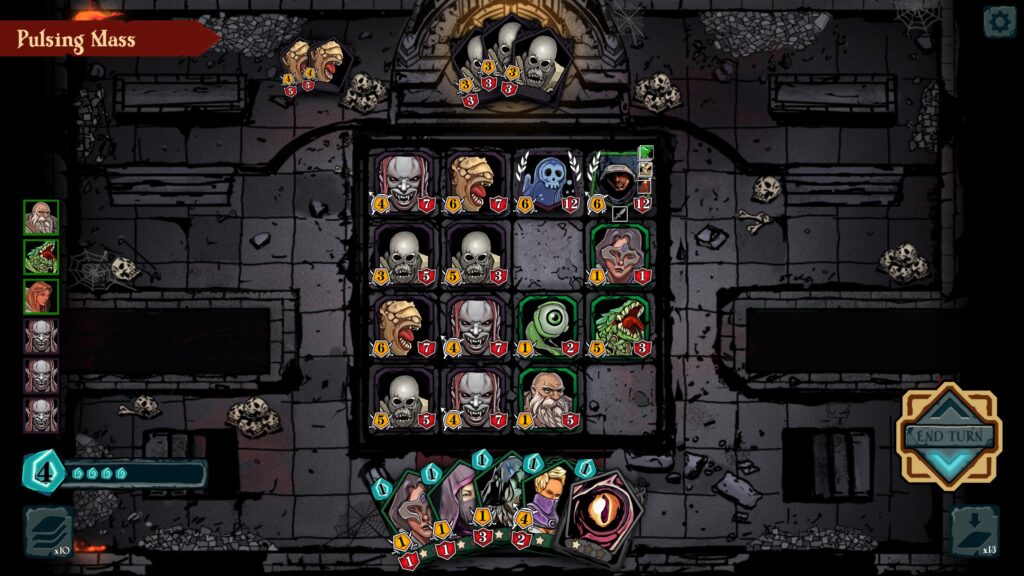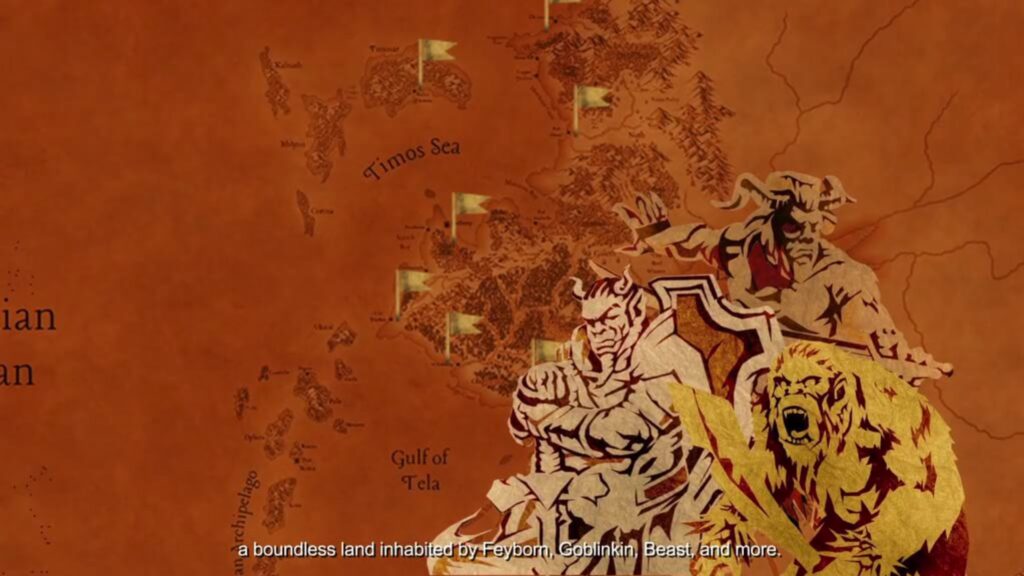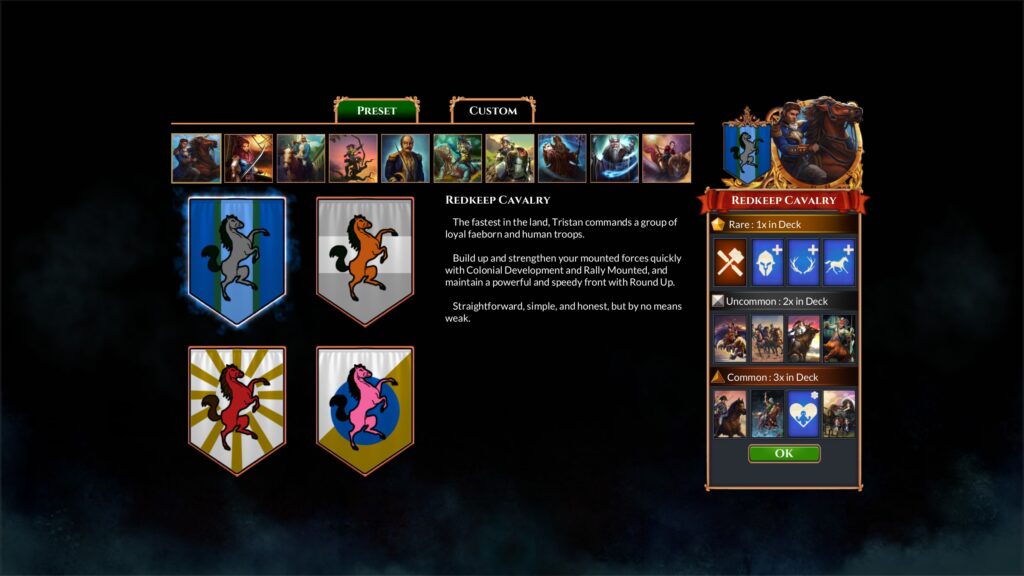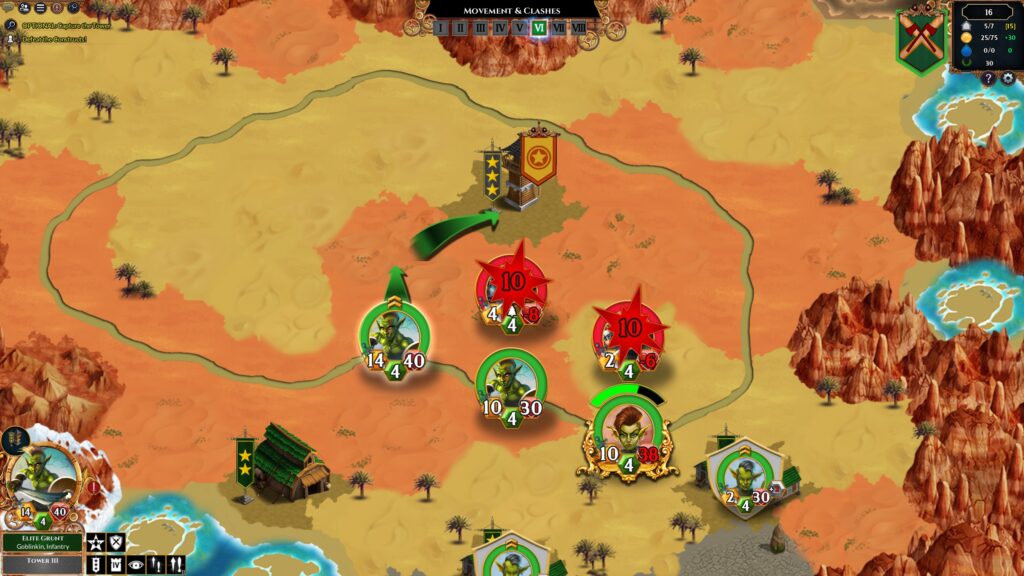Fareo: Shadowlands (Early Access Review)

Source: Cashmoneys
Price: £5.19
Where To Get It: Steam
Rifts in time and space. They let you do lots of fun things! Well, until they inevitably go wrong, and heroes from across time and space have to stop whatever’s behind all of it, or shut down the machine, or whatever.
And so it is with Fareo: Shadowlands, a combination of roguelite and strategy RPG that does a fair amount different to my usual experiences. And I appreciate that.
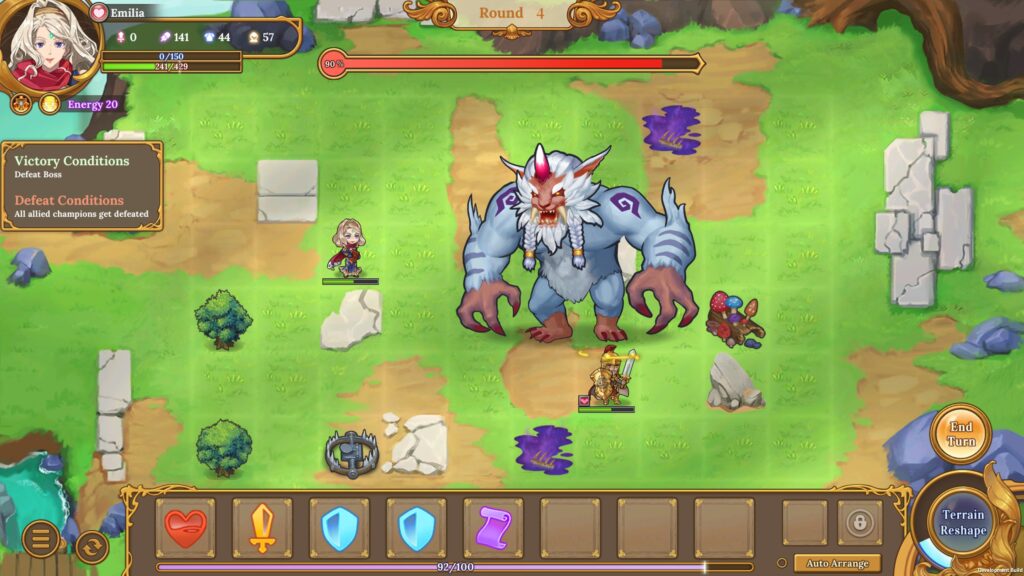
Even if I most definitely don’t appreciate Yan, the final boss. So let’s get him out of the way first. Like any boss, he has pieces which are associated with some of his attacks, and he has several of them. Like any boss, he can attack all around him, some of his attacks at range (so nowhere’s really safe), and he can do three a turn… Most of which are area attacks. And any two of them in combination destroys one of my heroes.
I don’t like Yan, final boss of the dungeon or no.
Otherwise, however, I’m quite enjoying Fareo: Shadowlands, partly because it’s aesthetically solid. I wouldn’t really use superlatives, or go “gosh!”, but it’s solid stuff, a consistent aesthetic, and, apart from parts being a little hard to hover over or parse (tooltips and icons in battle, mainly), it’s okay in terms of accessibility.
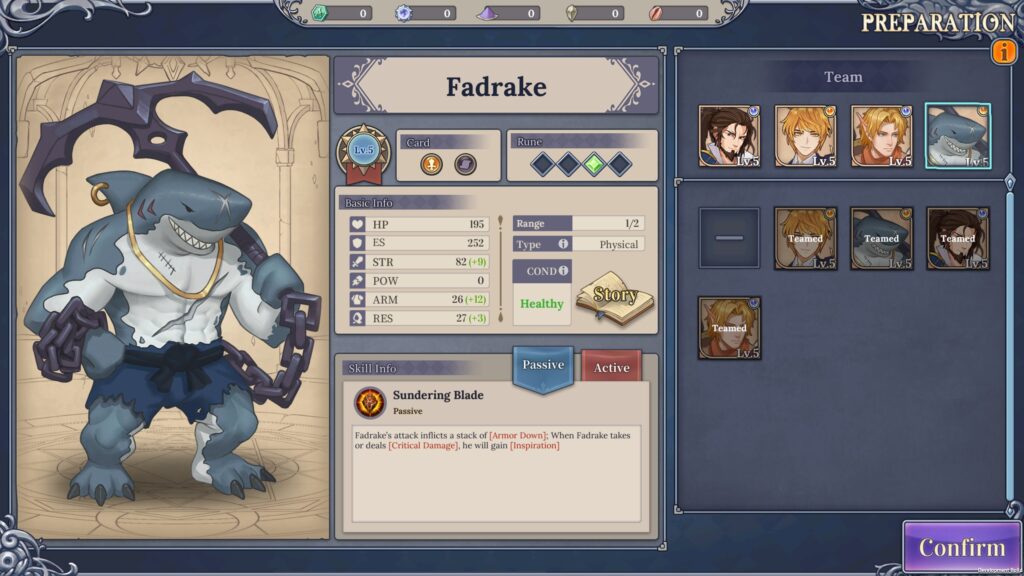
But mostly because of its interesting systems. The basic idea is that you take one of three paths offered to you, which can be a number of things. For example, Rifts are a normal fight, Huge Rifts are a more difficult fight, Priest can (for a price in one of the currencies of the game, the coins) resurrect dead party members, so on. But some of these are necessary for levelling up heroes you find, items you find, enchanting items you find… And there are good reasons for doing so.
Before Level 5 (the maximum, which all four of your base party members start with), you only have one special ability. Levels 1 to 4 are for rune slots, modifiers you can make to your hero, costing 1, 1, 3, and 5 runes out of the 10 allotted to you in the prep phase for a fight. For example, Fandrake, a beefy shark boy with a massive boomeranchor, can, with 5 runes, make the party immune to damage reflection. But with his first two rune slots, he can make half his damage be unblockable Chaos type (rather than wearing away the enemy’s armour), and every time he kills someone with his special Sweep ability, all the party gets their potion effect.
The other important thing is the card/movement system. Each turn, you’re dealt a number of cards (2 x the number of currently alive heroes, an important fact to remember for later) in one of four types: Attack, Defence, Mana, and Potion. They serve a quadruple purpose: They’re spent on movement, 1 a tile. They buff the hero (In the case of Attack and Defense, better attack and a shield respectively. The last two give mana or use your equipped potion.) They trigger special abilities when used in the correct order (like Sword and Shield for Hasaki, which unleashes a devastating attack.)
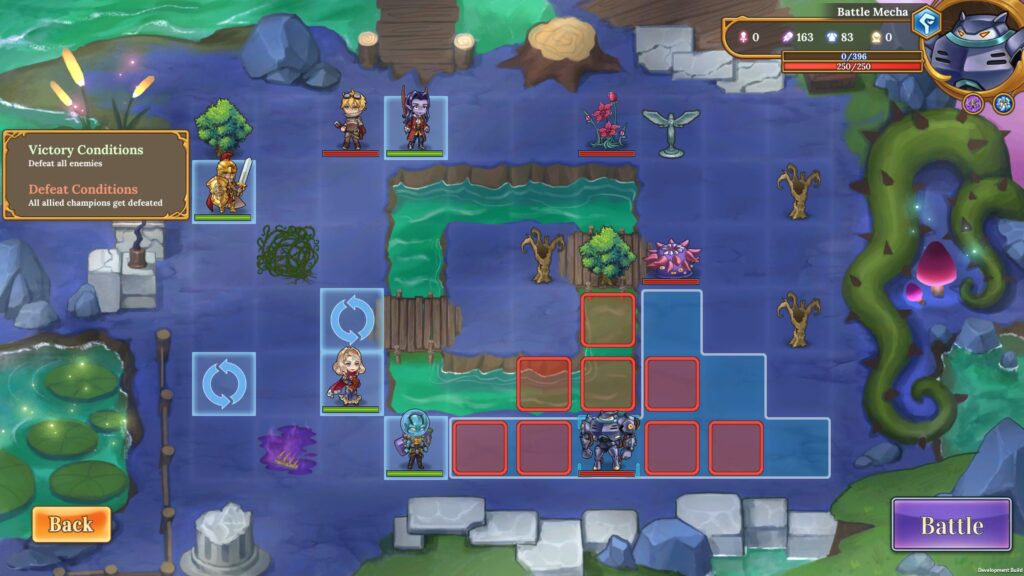
The thing is, you have to use the cards while moving to get their effect. Just standing still does nothing. So it emphasises mobility and synergy for the best effect. But not moving, not spending those cards, unleashes the other, fourth use: Using the terrain. Sometimes this is necessary, to move a map obstacle out of the way. But each single tile terrain item has an effect, and putting it on top of someone, for good or ill, does things. Rocks stun. Snowy trees freeze. Scrolls power up. That sort of thing.
It still heavily incentivises moving around, which is a shift in thinking that’s important to playing, but it’s an interesting one. Flaws wise, well, apart from the bosses being fucking hard, and the aforementioned tiny icons, there’s some tiny amount of untranslated text, or poorly translated text, but that last one’s a minor niggle, and overall?
Overall, this is an interesting game, trying something different, and it seems to be working. I look forward to seeing what happens next with it, and recommend taking a look.
I feel like rifts between time and space throwing disparate groups together to clash in a fun way isn’t done enough. Just throwing that out there…

